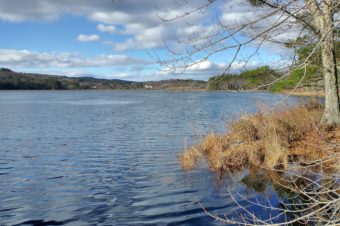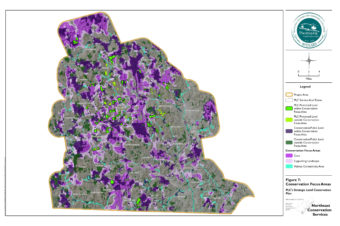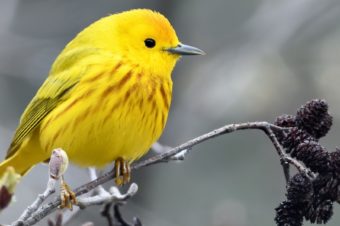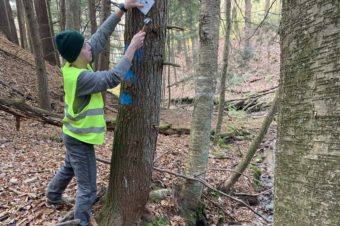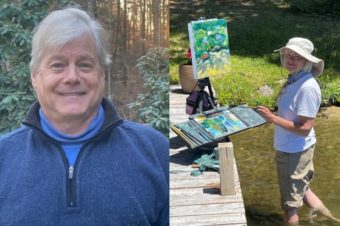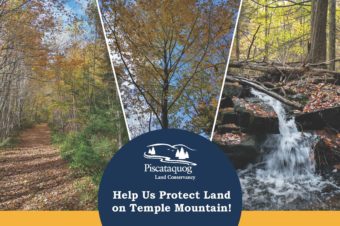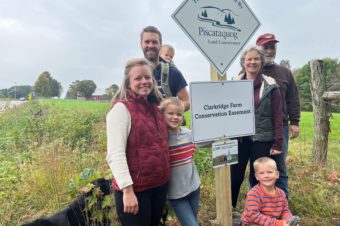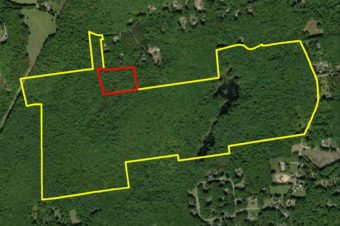by PLC Stewardship Intern Maddy Smith
Have you ever heard the term Baseline Documentation Report (or BDR)?
These documents (despite their pragmatic name) are interesting and essential to PLC’s stewardship practices. Stewardship Intern Maddy Smith has been working with our Stewardship Coordinator Dan Ewald to complete BDRs for PLC properties over the summer. In this blog, Maddy offers a behind-the-scenes peek into how we construct BDRs and why they are so important to good stewardship.
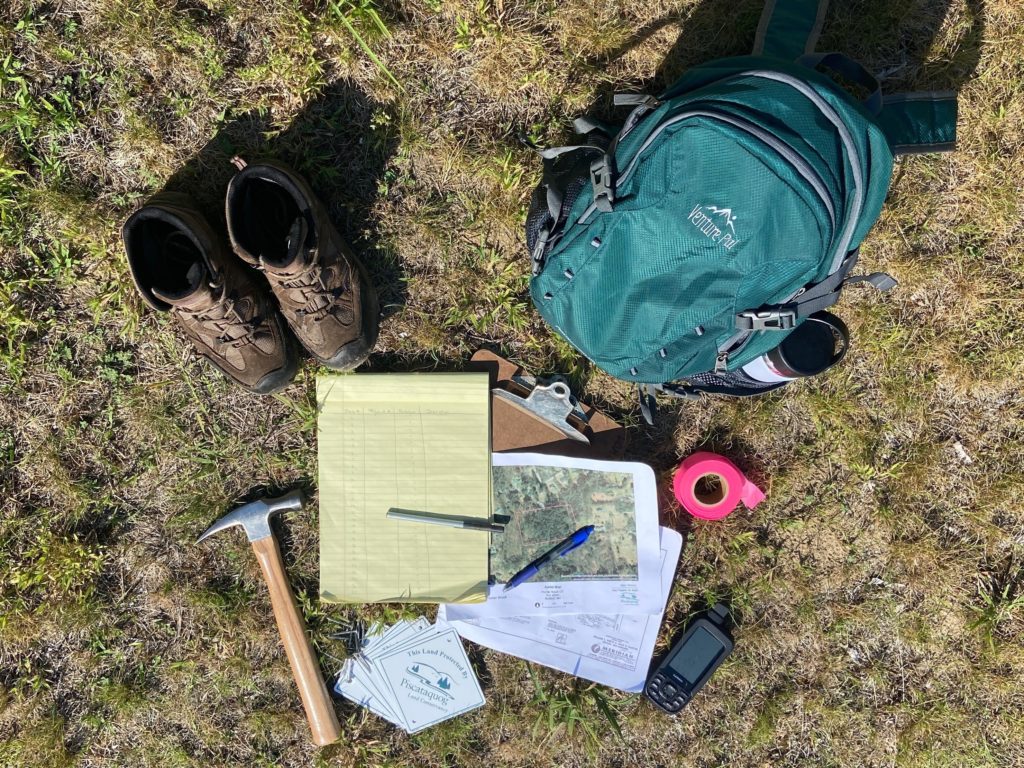
Baseline Basics
Monitoring conserved lands is a standard and best practice of land stewardship. This ensures any activity on a property is consistent with the terms of the conservation easement. Monitoring means looking for change, and to do that effectively there must be an established standard of the original condition of a property at the time it came under PLC’s protection — that’s a Baseline Documentation Report (BDR)!
Land stewards use BDRs to understand the original ecological and physical conditions of the property at the time of its protection. We reference BDRs for detailed information about properties, and this information helps our stewardship team understand how the property has changed over time and what may have caused those changes. A typical baseline will have around fifty pages, including the written report, GIS maps, hazardous waste information, survey, photos and related documents, the conservation easement deed, and any other relevant materials.
BDRs are used as legal documents for privately owned properties that are subject to a conservation easement (as opposed to owned in fee by the land trust). The landowners and the entity holding the conservation easement both sign the document, signaling that they agree that the report is accurate. Additionally, BDRs help ensure a mutual understanding of the goals of the conservation easement.
Building a BDR
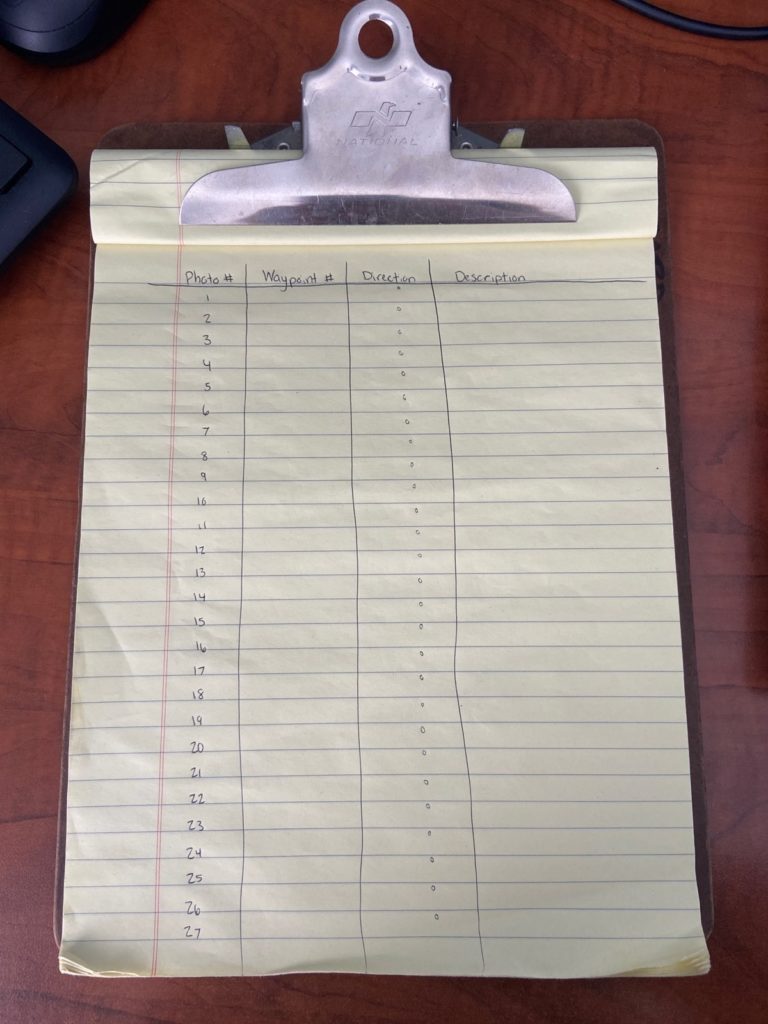
Before heading afield to gather the information needed for a BDR we:
- Contact the landowners
- Print any surveys and aerial maps of the property
- Make a list of key features to visit
- Make sure an updated shapefile is loaded onto the GPS unit
- Pack a clipboard, pens, notepad, maps, GPS unit, survey tape, a hammer, nails, and boundary tags.
- Dress for the field as there may be difficult terrain or off-trail navigation. Sturdy footwear and pants are a must!
A typical visit includes walking the boundary line and any exclusion areas, finding boundary monuments, locating hydrological resources, visiting parts of the property that are actively managed (e.g., agricultural fields or recently logged areas) taking note of structures and improvements, checking out any known sites that contain existing violations, and looking at notable features of the property like trails or scenic locations. The amount of time spent in the field varies and depends on the property’s size, topography, and land use. At each notable location we take a photo, waypoint, and observational or directional notes.
Once we’ve done the field work, it’s time to draft the report. The document consists of a general background on the property – location, landowner information, deed information, and property history as well as detailed accounts of habitat, aquatic resources, actively managed areas, nearby conservation land, conservation values, and property descriptions. It also includes details about the boundaries and markers, so future property monitors know what to look for.
Finally, there is a signature page for the landowners and the land trust to acknowledge the accuracy of the report. This last step often takes the longest because of revisions, communications, and getting signatures notarized. Sometimes ownership can change hands before a BDR is complete or landowners have questions they would like answered before signing, which can extend the timeline.
Once complete, we file the BDR in our permanent records where it will serve as a benchmark for PLC and our property monitors, helping us protect conserved lands in perpetuity.
